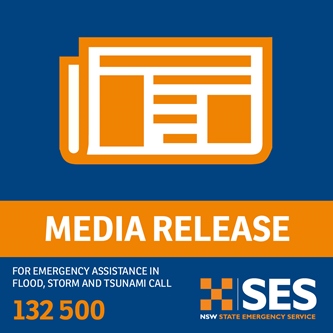- During a turn to reposition for next spray run, the aircraft aerodynamically stalled at a height too low to recover from;
- Although not a requirement, an aerial application-specific flight risk assessment would likely have identified an elevated flight risk;
- Accident highlights the significant risks of fire-related injuries and fatalities following post-impact fires.
An aerial application-specific flight risk assessment would likely have identified the elevated risks that a high workload, fatigue, task complexity and weather presented to the pilot of an Air Tractor AT-400 aircraft that aerodynamically stalled and collided with the ground, an ATSB investigation report details.
The accident occurred at the end of the pilot’s fifth spray run, during their eleventh spray load of the day, while spraying at a property about 75 km from Moree, NSW on 4 December 2021.
“The ATSB found that the aircraft was too close to the start of the spray run during the turn, which probably resulted in the pilot tightening the turn,” said ATSB Director Transport Safety Dr Stuart Godley.
“This almost certainly resulted in an aerodynamic stall at a height too low to recover before colliding with the ground.”
After being reloaded with chemical and refuelled, the AT-400 had returned to the western side of the target block, where the pilot had been spraying in a racetrack pattern on the previous load, the report details.
After descending to recommence spraying towards the south, the aircraft climbed and turned away to track north and overfly a flood-affected area. The pilot radioed the company operations manager expressing concern about the weather conditions and the potential for chemical to drift onto a neighbouring property. About 5 minutes later, the aircraft returned to the target block, this time on the eastern boundary.
The pilot then conducted 2 ‘smoker’ runs to assess the drift, followed by 5 back-to-back (parallel) spray runs. At the end of the fifth spray run, the aircraft was observed to climb then enter a right procedure turn.
During the turn, the aircraft descended rapidly, collided with terrain, and was subsequently destroyed by fire. The pilot sustained fatal injuries.
“Mishandling the turn was probably a result of the combined effects of the pilot experiencing high workload and fatigue due to long flight and duty times, inexperience, the complexity of the task and the weather conditions,” said Dr Godley.
“The combination of these factors would likely have identified an elevated flight risk, had an aerial application-specific flight risk assessment been conducted. However, there was no requirement for the operator or pilot to conduct a flight risk assessment or to have a flight risk assessment tool.”
As a result of this accident, the operator has implemented additional fatigue management measures, which include an assessment of other factors that may contribute to fatigue and flight risk, within the regulatory fatigue requirements.
The investigation also considered aspects of pilot survivability of the accident, and notes that the pilot was almost certainly wearing a helmet and 4-point restraint, which increased their chances of survival in an accident. However, the aircraft’s fuel tanks ruptured during the accident sequence resulting in a fire and fatal thermal injuries to the pilot.
“The aircraft was not fitted with a crash-resistant fuel system, nor was it required to be,” noted Dr Godley.
The ATSB found that on average, post-impact fire in VH-registered certified aeroplanes has resulted in one fatality every 2 years in Australia.
“As such, post-impact fire presents a significant risk of fire-related injuries and fatalities to occupants of general aviation aeroplanes.”
Crash-resistant fuel systems have been proven effective in helicopters and in automotive applications, Dr Godley noted.
“As such, the ATSB has issued a formal Safety Recommendation to the US Federal Aviation Administration to take action to address certification requirements for crash-resistant fuel systems for fixed wing aircraft to reduce the risk of post-impact fire.”







